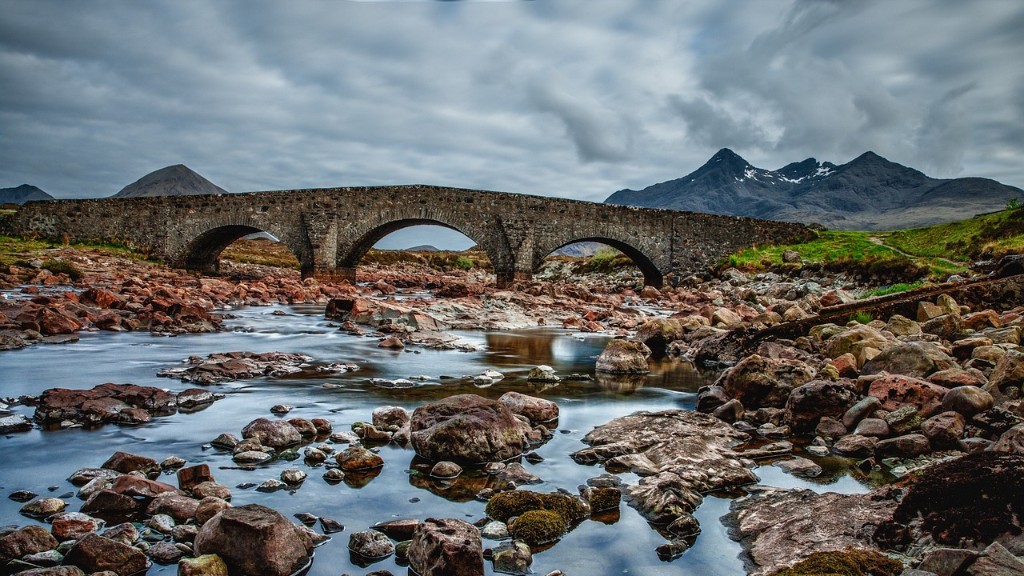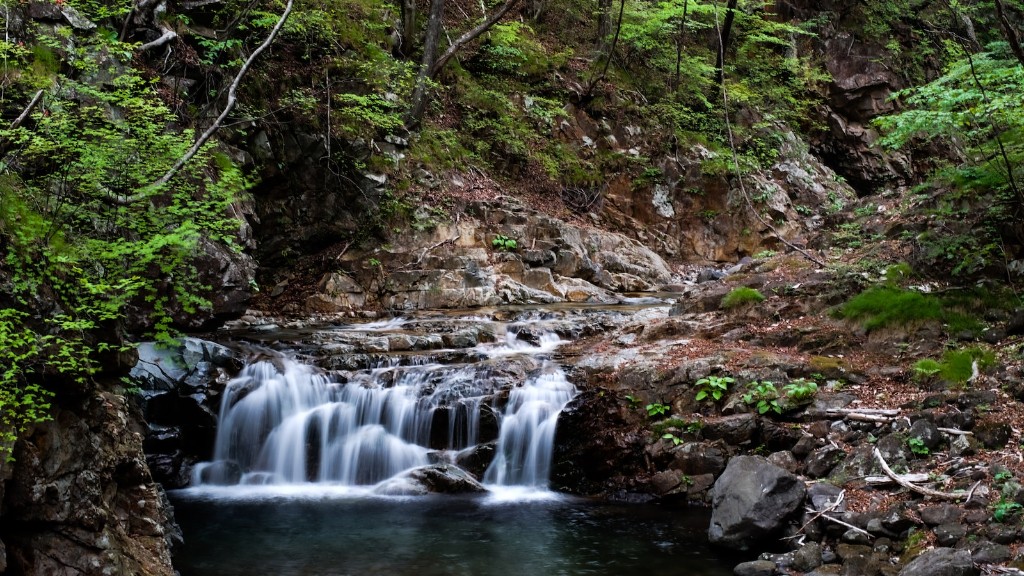Mississippi River’s water levels are lower than usual this year. The low level is mainly due to the prolonged drought that has hit the American Midwest. This has forced barge traffic on the river to slow, resulting in increased costs for supplies from farmers and manufacturers. Most experts believe that the low water levels are due to a combination of natural factors, such as lack of rainfall, but also human impacts such as agricultural drainage and over-extraction of groundwater.
In the past two years, the Mississippi River has experienced historic low water events, resulting in reduced barge traffic and economic disruption. At the height of the drought period during the summer of 2020, the river was 6.2 feet below the 15-foot navigational mark, and it has dropped to as low as 4.9 feet below the 15-foot mark in the winter of 2021. This drop in level has been unprecedented in the history of river navigation.
In an effort to mitigate the disruption caused by the surreal low water levels on the Mississippi River, navigation authorities are temporarily closing off navigation altogether—cancelling scheduled barge trips and increasing restrictions for existing trips. According to the US Army Corps of Engineers, the restriction has been placed solely for the purpose of conserving water in the lower Mississippi River, as the current water levels are not allowing for safe navigation.
The Army Corps of Engineers is doing all they can to mitigate the drought’s effects, by constructing low-water dams and other structures on the lower Mississippi River. As it stands, these measures have helped to keep the river open for navigation and have allowed boats to pass through more slowly. However, it is not enough.
The true cause of these low water levels is not just natural factors such as lack of rainfall; it is human factors such as agricultural drainage and over-extraction of groundwater. In addition, cities and towns along the Mississippi have cut down vegetation for development, resulting in water not being absorbed into the ground.
In addition to the agricultural and urban factors reducing water absorption into the ground, climate change is likely to be responsible for the recent extremely dry conditions. According to the National Oceanic and Atmospheric Administration, the Midwest is the second driest region in the US, preceded only by California. Warmer temperatures are causing moisture to evaporate faster, resulting in prolonged drought.
The low-water levels on the Mississippi River are an indicator of the changing climate and thus, present a challenge that needs to be addressed. In order to restore navigable levels of water, communities must take action to address the root causes of the issue. This could include measures such as improved water catchment, conservation, reforestation and improving water-use efficiency.
Agricultural Practices
One of the primary causes of the low water levels on the Mississippi River is the agricultural practices and land use in the region. Land has been cleared for homes and industry and land-management practices have changed, resulting in soil erosion and reduced uptake of groundwater. Farmers are growing more crops in an effort to cope with rising prices and yields, putting further strain on the land.
Additionally, big agribusinesses are increasingly turning to groundwater for irrigation, as opposed to surface water. This has an enormous impact on the water levels in the Mississippi, as groundwater pumps remove large volumes of water and can quickly alter underground aquifers. As a result, lake levels downstream the river decline.
The good news is that there are solutions to the problem of low water levels, but it requires action from communities. Farmers can revert back to more sustainable land management practices, with features such as grass strips, buffer strips and no-till farming that reduces the loss of soil and increases water retention in the land.
In addition, switching from farming to forestry and nature-based agriculture can significantly increase soil organic matter, which helps to retain water. Other methods include catchment systems, such as roof catchment, low-flow irrigation, or irrigation ponds, all of which help to reduce groundwater demand.
Deforestation
Deforestation is another major factor contributing to the low water levels of the Mississippi River. Trees absorb large amounts of water and store it in their root systems; when the trees are cut down, the water is released into the atmosphere, thus reducing river levels. In addition, deforestation leads to soil erosion, which can contribute to reduced river levels.
In order to reduce the impacts of deforestation on the Mississippi, conservation practices need to be implemented. This includes replanting trees, protecting existing forests, and reducing emissions from burning and clearing of land. In addition, land-use planning and policy can be used to protect forested areas and increase the amount of tree cover.
It is also important for communities to use the resources responsibly and not to overuse the tanks and aquifers. Reforestation projects are necessary not only to help restore river levels, but also to help mitigate climate change by capturing carbon and restoring diverse habitats.
Climate Change
Climate change is also a major factor contributing to the decrease in water levels on the Mississippi River. Warmer temperatures can lead to evapotranspiration, which is when water evaporates from the ground and the air, resulting in a decrease in surface water levels. Warmer temperatures can also lead to drier soils, which can reduce the overall water runoff to the river.
In order to mitigate the effect of climate change on coastal communities, policy makers must work towards reducing carbon emissions. This includes transitioning to renewable energy sources, investing in infrastructure projects, implementing green policies, and involving citizens in environmental awareness and civic engagement.
To directly address the low-water levels on the Mississippi River, experts are also looking for ways to increase water retention in the watershed. This could include planting cover crops, such as legumes, and increasing buffer zones along the banks of the river. These measures could help to decrease the erosion of soils and increase the absorption of water into the ground.
Environmental Protection
In order to protect the environment and the river, communities must also establish regulations to control water pollution. Industrial water pollutants are also a major factor that can reduce water levels on the Mississippi River, as toxic pollutants can make their way into the river, killing aquatic organisms. As a result, the overall water quality decreases and river levels decrease.
Ultimately, protecting the Mississippi River goes beyond just policy and technical solutions. It requires the buy-in of communities and citizens, as well as a sense of civic responsibility. Encouraging communities to undertake conservation projects, support local sustainability initiatives, and raise awareness can all help in the protection of the river.
Restoring Water Levels
Restoring the water levels on the Mississippi River is a complex challenge, as multiple factors contribute to its low water levels. The low-water levels are being caused by consecutive years of drought and human activities such as deforestation, agricultural practices and water pollution. To restore the water levels, we need to address the root causes of the issue.
Solutions such as reforestation, improved water retention, water catchment, and improved land management can help mitigate the drought and increase water levels. In addition, citizens need to be aware of the issue and take part in protecting the river, as it serves a critical role in the economic and environmental health of the region.





